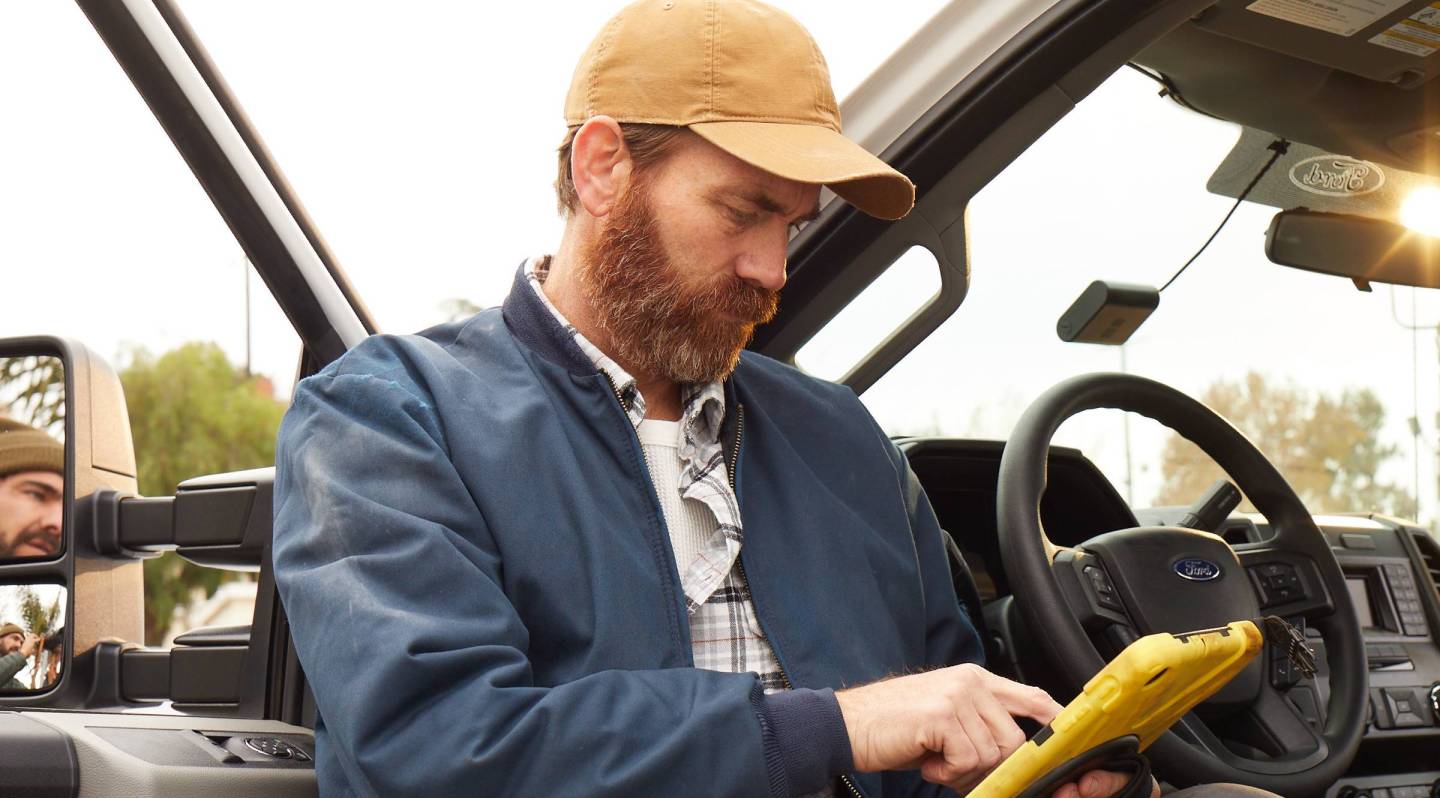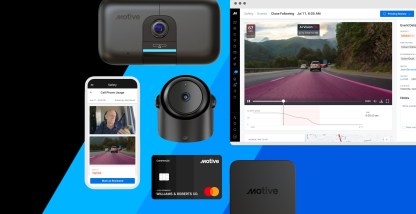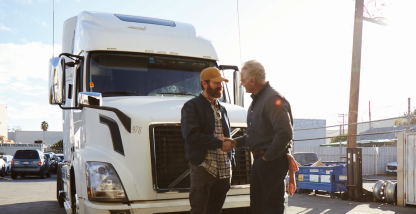In a wide-ranging conversation, part two of Motive’s supply chain webinar series looked at critical steps to digital transformation. Featured speakers included Greg Morrow, Director of Operations for ARL Transport, and Travis Baskin, Motive’s Head of Regulatory Affairs. Steve Keppler, Co-Director of Scopelitis Transportation Consulting, moderated the discussion.
Don’t have time to listen? Here’s a recap of the session’s key takeaways.
What is digital transformation?
Digital transformation involves using technology to work smarter, faster, better. Digital transformation uses automation and data to achieve better outcomes. Technologies such as collision avoidance tools and dash cams are helping companies become safer, more productive, and more profitable.
ARL Transport is an intermodal drayage provider with more than 40 terminal locations in the U.S. and Canada. They’re in the early stages of digital transformation but have learned a lot already.
“Before doing anything, you need to understand what your problems are and what in your operation needs to change,” Morrow says. “We know that companies are six times more likely to meet their objectives if they have a strong change management plan in place. By not having a plan, you’re setting yourself up for failure.”
Transformation takes time and focus
After establishing a plan, ARL Transport sought to adopt new processes and technologies. They provided onboarding training to managers and employees, then focused on changing the mindset of those resistant to change.
“Conveying why you’re investing in technology, how employees will be affected, and what the change will mean to that group is so important,” Morrow continues. “It’s helpful to get buy-in from all involved and to have someone in the group who’s going to be the champion of change. Ultimately, you have to get away from the mentality that ‘this is how we’ve always done it.’”
Adopting technology is the first step, Baskin says. But true digital transformation goes beyond adding to a portfolio bit by bit.
“It means embracing the culture of change and amending the way you’ve classically done things,” he says. “True digital transformation involves leaning into the benefits that these technologies can bring to your operations.”
When rolling out new technology, the initial plans that fleets put into place are important, Morrow says. Leaders should expect those plans to evolve over time.
“What’s the best way to eat an elephant?” Baskin asks. “It’s by taking one bite at a time. When we talk about how we get started on this journey, it’s really a matter of taking that first step.”
To learn about later steps in digital transformation, including how to use data, spot trends, and inspire continuous improvement, watch the full webinar here.










